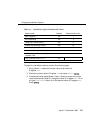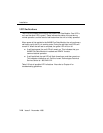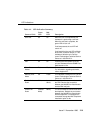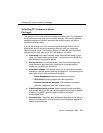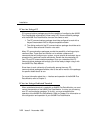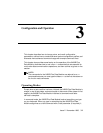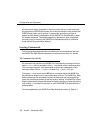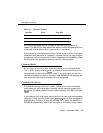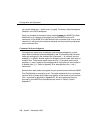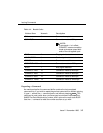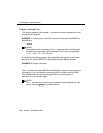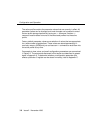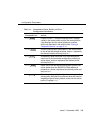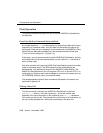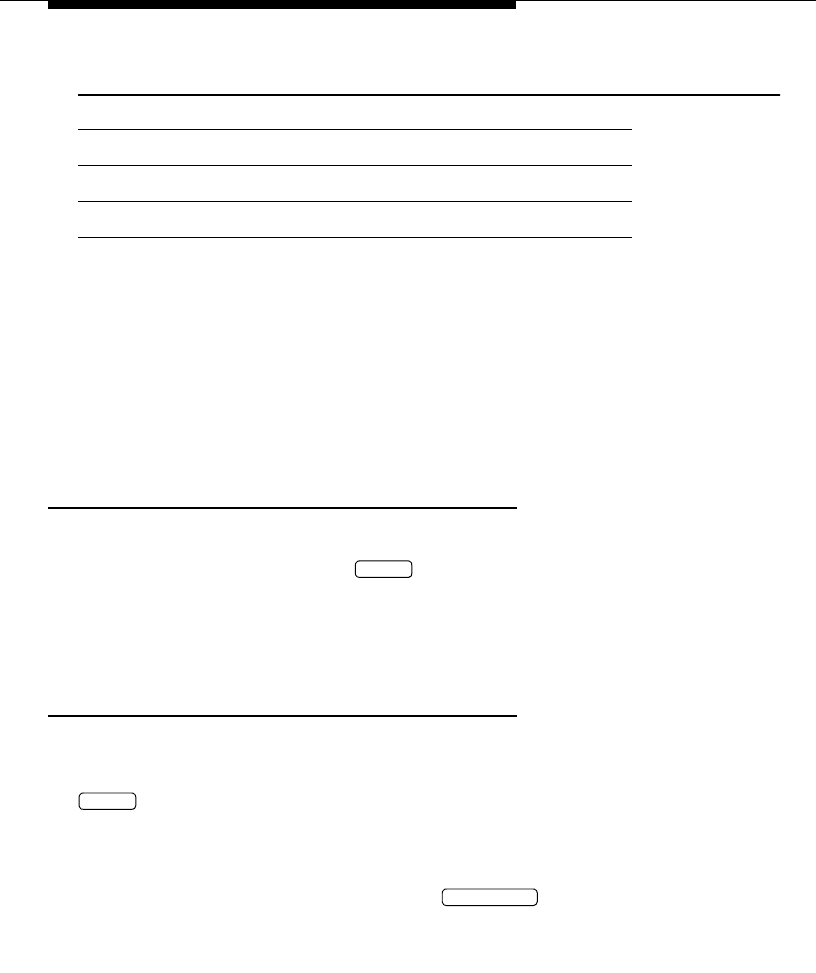
Issuing Commands
Issue 2 November 1996
3-3
All of these parameters may be changed on the local terminal device as
needed. The 8400B Plus Data Module will adjust to match the speed and parity
of the local terminal device when it receives an AT command.
If you connect to a remote system and your screen shows a series of nonsense
characters (also referred to as “garbage”), chances are that you need to adjust
the speed or parity on the terminal to match the settings of the 8400B Plus Data
Module, which has adjusted its speed to match the remote system.
Command Buffer
As you type in a command, each character is saved in a 40-character buffer.
The AT prefix, spaces, and the at the end of the command line are not
saved and do not add to the character count. If you try to type more than 40
countable characters on one line, the result code ERROR will be displayed on
your terminal screen, and the command line will be ignored.
Command Line Set Up
A command line begins with the AT prefix, includes one or more commands,
and finishes with a line termination character, usually issued by pressing the
key. The factory-default line termination character is an ASCII carriage
return.
If you make an error while typing a command line, you can send the backspace
character, usually issued by pressing the key, as often as needed to
delete the error. However, as soon as you enter the AT prefix, the 8400B Plus
Data Module immediately reads it and sets up for a command to follow. Hence,
Table 3-1. Character Formats
Data Bits Parity Stop Bits
7 even or odd 1
7 mark or space 1
8none1
ENTER
ENTER
BACKSPACE



